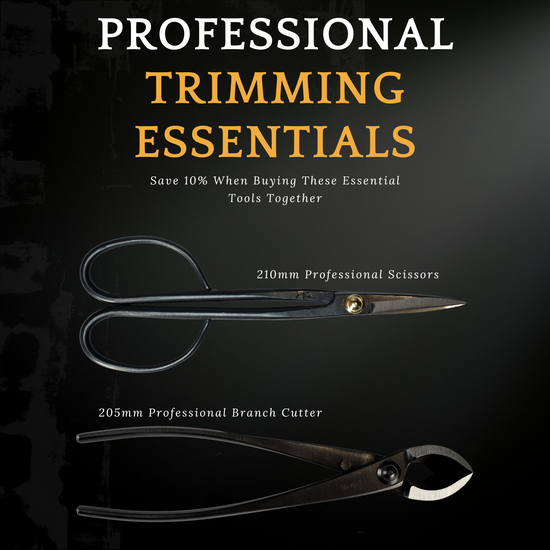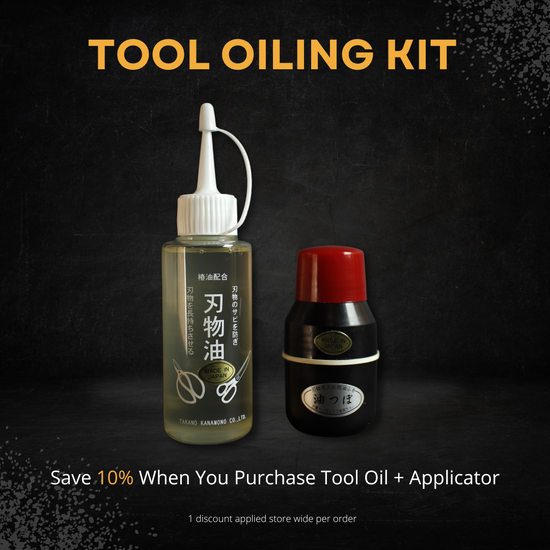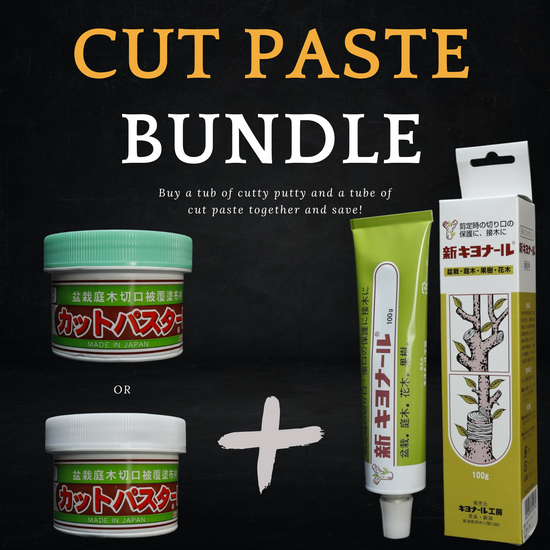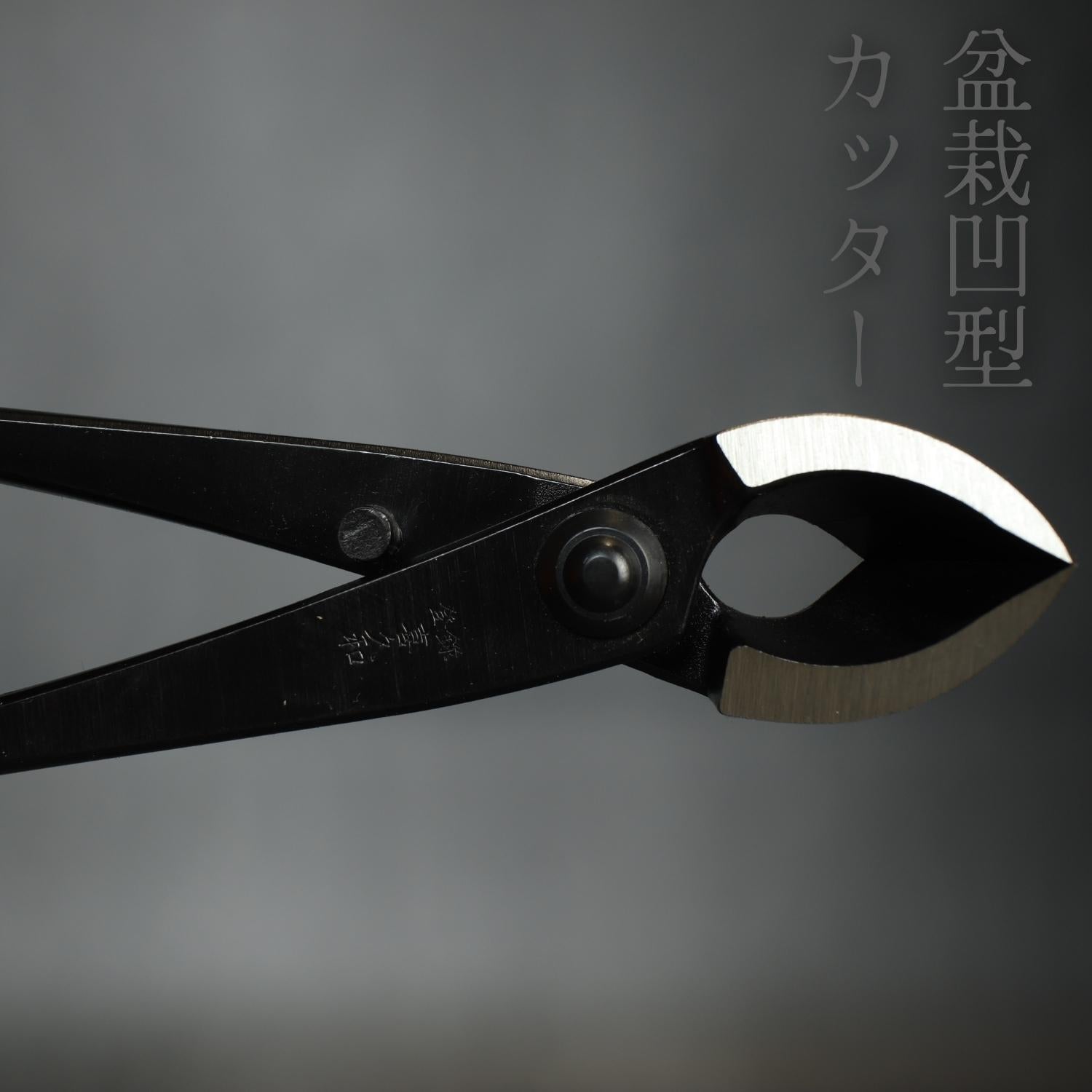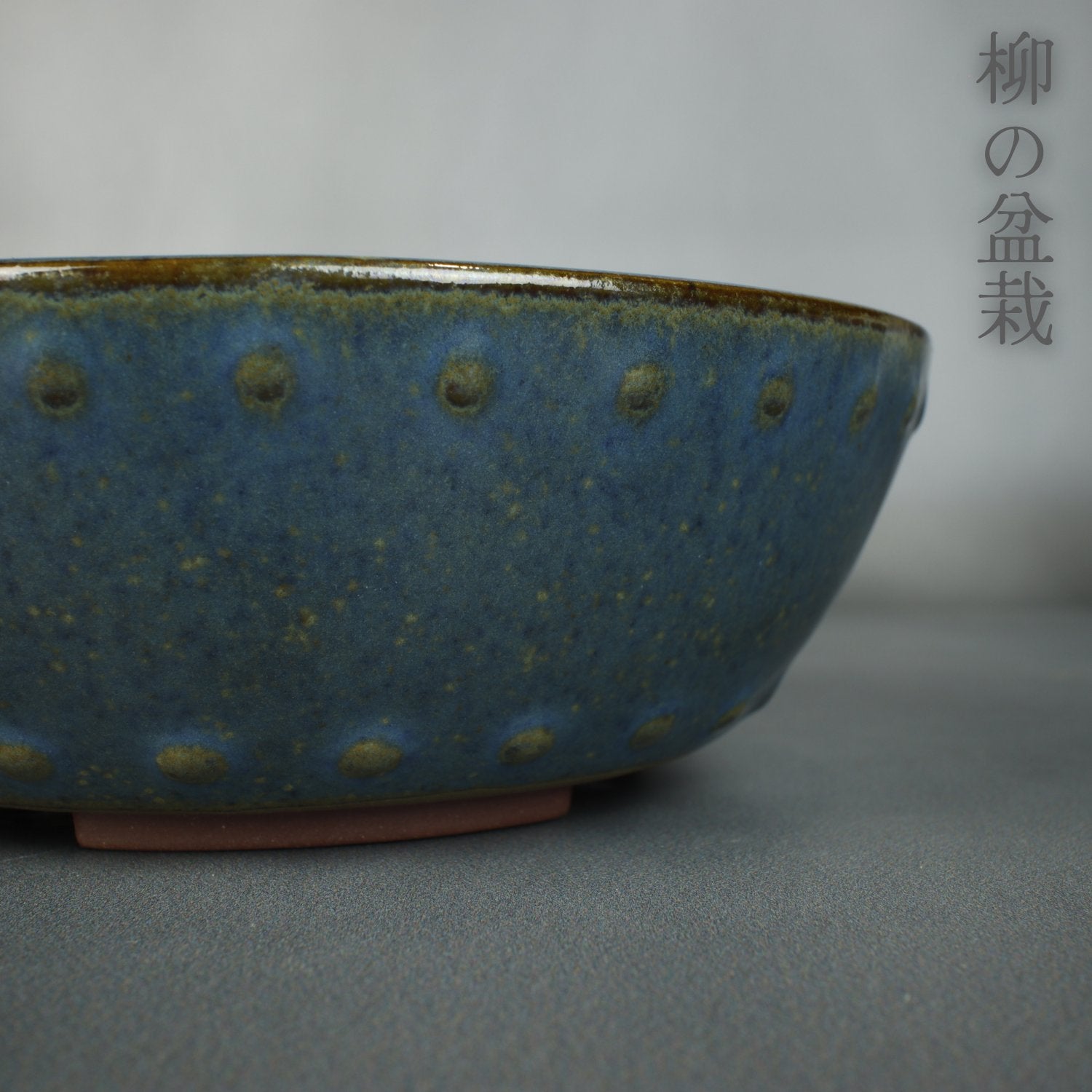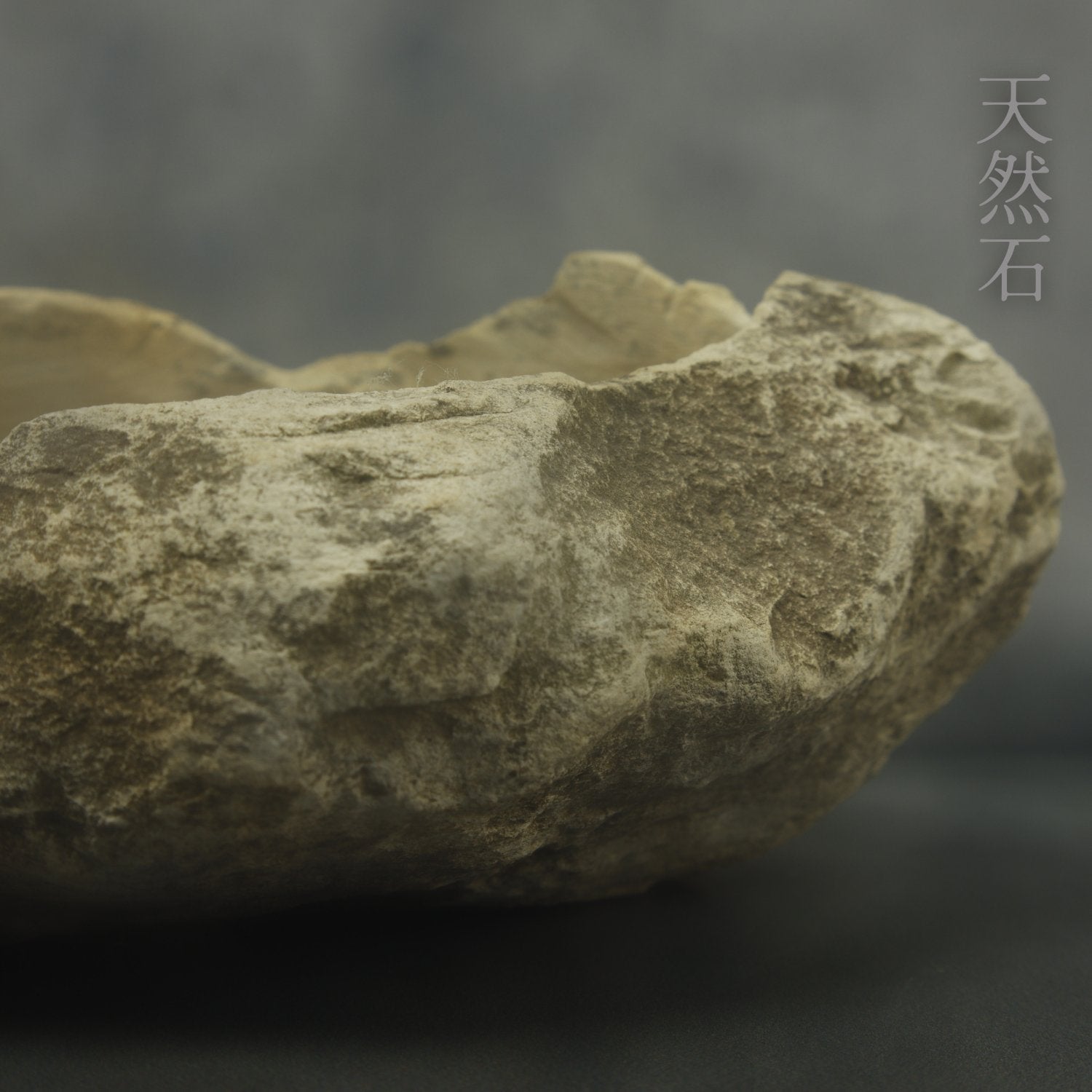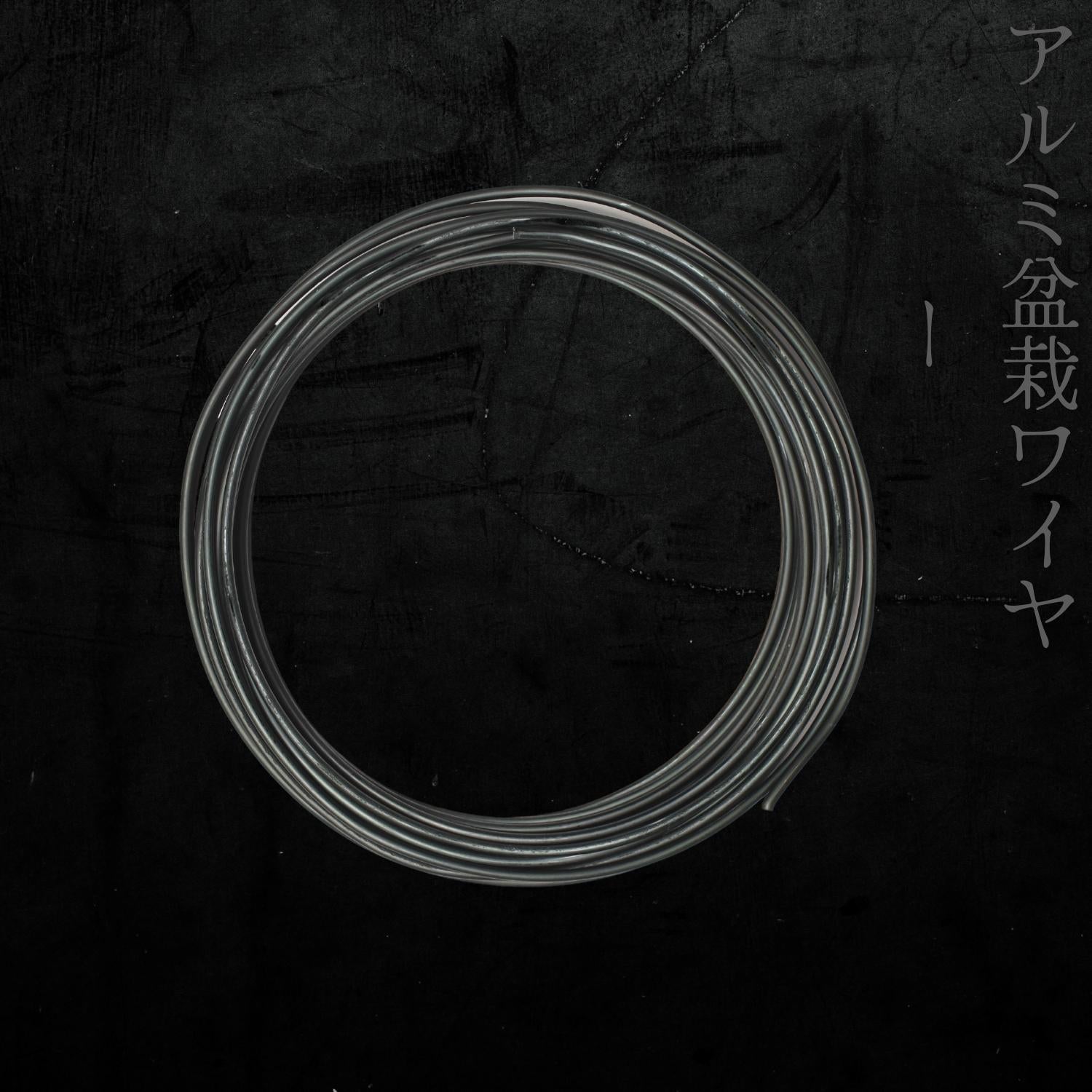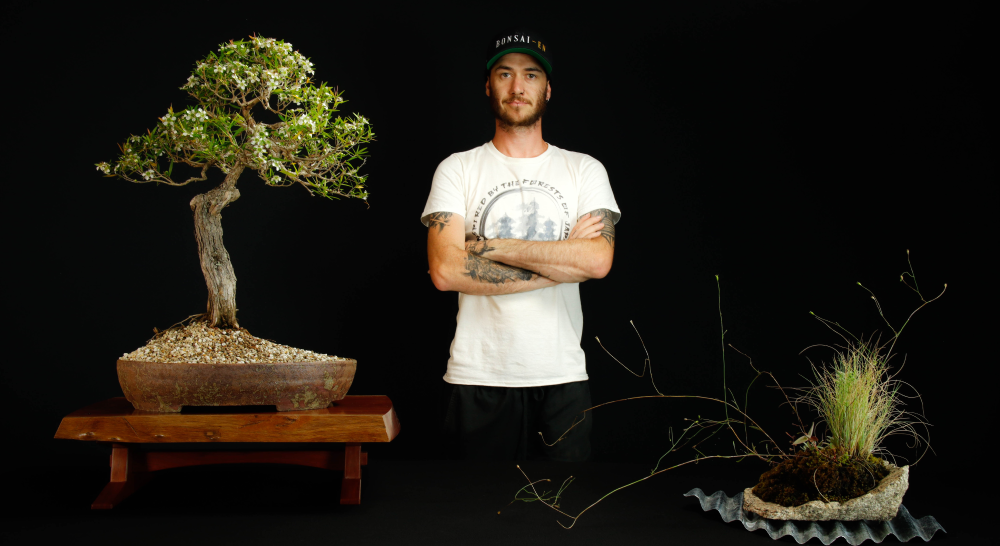The most Common Pests In Bonsai
Keeping your bonsai trees healthy and pest-free is crucial if you want to enjoy the beauty and serenity of these miniature trees for years to come. Bonsai trees require special care and attention, and pests can quickly wreak havoc on their delicate ecosystem. In this article, we'll discuss the importance of keeping your bonsai trees healthy and pest-free and provide tips on how to achieve this.
First and foremost, a healthy bonsai tree is a happy bonsai tree. A well-maintained bonsai tree will reward you with lush foliage, vibrant blooms, and an overall pleasing aesthetic. Conversely, a bonsai tree that's struggling with pests or disease will quickly deteriorate, losing leaves, branches, and eventually, its vitality.
In addition to the aesthetic benefits, keeping your bonsai trees healthy and pest-free is also important for the tree's overall health and longevity. Pests can damage the delicate structure of the bonsai tree, causing harm to its roots, trunk, and branches. A weakened tree is more susceptible to disease and other environmental stressors, which can ultimately lead to its demise.
Moreover, pest infestations can quickly spread to other plants in your collection, causing an even greater problem. An unchecked pest infestation can quickly spiral out of control, causing irreparable damage to your entire collection.
Fortunately, there are several steps you can take to keep your bonsai trees healthy and pest-free. First and foremost, it's important to regularly inspect your trees for any signs of infestation. Look for discoloration, wilting leaves, and visible pests. Catching an infestation early can make all the difference in preventing it from spreading and causing serious damage. This can be done each day when you are watering your trees, ants climbing the trunk and branches can be a dead give away of a pest infestation.
It's also important to maintain good growing conditions for your bonsai trees. This includes providing proper lighting, watering, and fertilization. A healthy tree is less likely to be attacked by pests than a weakened or stressed one.
The Top 4 Pests That Effect Bonsai Trees
Scale Insects
What Are Scale Insects?
Scale insects are small, sap-sucking insects that can have a devastating impact on the health and appearance of your bonsai trees. These pests are named after their protective scales, which are often mistaken for part of the tree. In reality, these scales are the insect's exoskeleton and provide protection against predators and environmental stressors.
Scale insects typically feed on the sap of the bonsai tree, draining it of vital nutrients and moisture. This can lead to stunted growth, wilted leaves, and yellowing foliage. In severe cases, the bonsai tree may lose its leaves and branches, ultimately leading to its demise.
Another common effect of scale insect infestations is the production of a sticky substance called honeydew. Honeydew is a waste product produced by the scale insects as they feed. This substance can attract other pests, such as ants, Ants will protect the scale from other predators in exchange for the sweet honeydew.
Identifying scale insects on your bonsai tree can be tricky, as the protective scales can make them difficult to spot. However, a careful inspection of the tree's leaves, stems, and branches may reveal small, circular, or oval-shaped bumps that can easily be mistaken for part of the tree. In some cases, you may also notice a black, sooty substance on the leaves or trunk, which is a sign of honeydew build up.
How To Treat Scale On Bonsai
If you suspect that your bonsai tree is infested with scale insects, it's important to take action immediately. There are several methods for controlling scale insects, such as
White Oil which will be the most effective as it clogs the pours that scale use to breathe, don’t use White Oil on conifers though as it can damage the foliage by clogging the stomata. You can also use
Conguard for scale which is both a contact spray and a systemic that can be applied to the soil as a drench which will be taken up by the tree and fed to the pest as they suck the sap from the tree. I have also had success with spraying Lime Sulphur for scale on Junipers when white oil couldn’t be used.
Identifying Scale Infestations
Identifying scale infestations on bonsai trees can be challenging, as these pests often blend in with the tree's natural features. However, with a careful eye and a bit of knowledge, it's possible to identify and treat scale infestations before they cause serious damage.
The first sign of a scale infestation is often a discoloration or wilting of the bonsai tree's leaves. Scale insects feed on the sap of the tree, depriving it of vital nutrients and moisture. This can lead to yellowing or browning of the leaves, as well as stunted growth and reduced vigour.
Another tell tale sign of scale infestations is the presence of small, circular or oval-shaped bumps on the leaves, stems, and branches of the bonsai tree. These bumps are actually the protective scales of the insects, which can range in color from white or yellow to brown or black. In some cases, the scales may be mistaken for part of the tree, but they can easily be dislodged with a gentle touch.
A more advanced sign of a scale infestation is the presence of a sticky substance called honeydew. This substance is produced by the scale insects as they feed on the sap of the tree. Honeydew can attract other pests, such as ants and wasps which can make spotting an issue easier. Honeydew can also sometimes drip down your pot or onto your benches so keep an eye out for a sticky substance around the trees drip lines.
If you suspect that your bonsai tree is infested with scale insects, it's important to take action immediately. The longer the infestation is allowed to progress, the more difficult it can be to control.
Aphids
What Are Aphids?
Aphids are a common pest that can have a significant impact on the health and appearance of your bonsai trees, and are much like the scale we just spoke about as they have many similarities. These small, soft-bodied insects feed on the sap of the tree, causing damage to the leaves and stems. While aphids may not kill your bonsai tree outright, they can weaken it and make it more susceptible to other pests and diseases.
The effects of aphids on bonsai trees can vary depending on the severity of the infestation. In mild cases, the bonsai tree may show no visible signs of damage, aside from some minor wilting or discoloration of the leaves. However, in more severe infestations, the leaves may curl or yellow, and the bonsai tree may experience stunted growth or reduced vigour.
Another effect of aphid infestations is the production of honeydew, a sticky substance that can attract other pests, such as ants and wasps. Honeydew can also lead to the growth of a black, sooty substance called sooty mold, which can further damage the bonsai tree.
Identifying aphids on your bonsai tree can be relatively easy, as they are often visible on the underside of leaves and stems. These insects are small, typically less than 3mm (1/8 inch) in length, and can range in colour from green to brown or black. They have pear-shaped bodies and long antennae, and may have wings in some stages of their life cycle. The thing that makes aphids easier to spot then scale is they often congregate in big bunches so there will be a lot of them in the one spot which makes them easier to see even though they are very small individually.
How To Treat Aphids On Bonsai
If you suspect that your bonsai tree is infested with aphids, it's important to take action immediately. There are several methods for controlling aphids, such as
Congaurd which can kill the aphids on contact within an hour, after spraying congaurd you will notice all the aphids laying on your benches dead after falling from the tree.
White Oil is another spray you can use for Aphids but I would recommend the congaurd as a first resort as it can be used on a wider range of trees including conifers which aren’t safe from aphid infestations.
Identifying An Aphids Infestation
Identifying aphid infestations on bonsai trees can be relatively easy if you know what to look for and when the common times are for Aphids infestations. Aphids will generally attack when there is new fleshy growth on a tree as this is easier for them to penetrate, Early spring when your trees are flushing is prime time for Aphids. Deciduous trees are generally more susceptible in my experience but I have also had my junipers come under fire from aphids as well so be sure to keep an eye on your trees in early spring. I have found though that doing a winter spray of Lime Sulphur Which you can read about here actually reduces the chances of an aphid attack, but keep in mind it is not a guaranteed prevention for Aphids.
One of the most common signs of an aphid infestation is the presence of large numbers of the insects on the bonsai tree. Aphids can be seen on the undersides of leaves and stems, and are often visible to the naked eye. They are typically less than 3mm (1/8 inch) in length Individually but they congregate in large groups and can range in color from green to brown or black. They have pear-shaped bodies and long antennae, and may have wings in some stages of their life cycle.
Another sign of an aphid infestation is the presence of honeydew, a sticky substance produced by the insects as they feed on the sap of the tree. Honeydew can attract other pests, such as ants and wasps, which can make spotting an infestation a little easier.
Spider Mites
What Are Spider Mites?
( sorry no photo as they are too small to photograph )
Spider mites are a common pest that can have a significant impact on the health and appearance of your bonsai trees. These tiny, eight-legged arachnids are not actually spiders, but they are closely related. Spider mites are a common problem for Junipers and Pines.
The effects of spider mites on bonsai trees can vary depending on the severity of the infestation. In mild cases, the bonsai tree may show no visible signs of damage, aside from some minor wilting or discoloration of the leaves. However, in more severe infestations, the leaves may become speckled with yellow or brown spots, and the bonsai tree may experience stunted growth or reduced vigour.
One of the main ways that spider mites damage bonsai trees is by feeding on the sap of the tree. This can cause the leaves to become dehydrated and wilted.
Identifying spider mites on your bonsai tree can be challenging, as they are tiny and often difficult to see with the naked eye. However, one common sign of a spider mite infestation is the presence of fine webbing on the leaves and stems of the bonsai tree. This webbing can be difficult to see, but if you look closely, you may be able to see tiny dots moving around on the surface of the web.
Another way to try and identify spider mites is to get a plain white piece of paper and hold it under a branch and gently ruffle the branch, this can cause the spider mites to fall onto the paper. You can then run your hand over the paper and if there are spider mites present there will be blood smears across the white paper. In my experience also I have noticed the leaves can become dusty when spider mites are present which is due to their leavings.
How To Treat Spider Mites
If you suspect that your bonsai tree is infested with spider mites, it's important to take action immediately. The most common and effective way is to spray with
Lime Sulphur, You will also need to re-Spray every 2 weeks or so to make sure you have got the entire infestation including the new born.
Identifying Spider Mites On Bonsai
Identifying a spider mite infestation on your bonsai tree can be difficult, as these tiny pests are often too small to see with the naked eye. However, there are some signs that can help you to determine if your bonsai tree is infested with spider mites.
One of the most common signs of a spider mite infestation is the presence of fine webbing on the leaves and stems of the bonsai tree. This webbing is produced by the spider mites as they feed on the sap of the tree. It can be difficult to see the webbing without a magnifying glass, but it can usually be felt as a sticky or silky substance on the surface of the leaves.
Another sign of a spider mite infestation is the appearance of yellow or brown spots on the leaves of the bonsai tree. These spots are caused by the spider mites as they suck the sap out of the leaves, and can be a sign of dehydration and stress in the bonsai tree.
You can also check for a dusty like appearance to the leaves as the spider mites will leave this behind as they feed on your trees foliage.
If you suspect that your bonsai tree is infested with spider mites, you can confirm the presence of the pests by performing a simple test. Take a white piece of paper and hold it under a branch of the bonsai tree. Then, tap the branch gently to dislodge any spider mites that may be present. If spider mites are present, you should be able to see tiny specks moving around on the surface of the paper, you can then wipe your hand across the paper to see if there is any blood smear.
Mealy Bugs
What Are Mealy bugs
Mealybugs are a common pest. These soft-bodied insects are often covered in a white, powdery substance, and can be found on the leaves, stems, and branches of the bonsai tree.
The effects of mealybugs on bonsai trees can vary depending on the severity of the infestation. In mild cases, the bonsai tree may show no visible signs of damage, aside from some minor wilting or discoloration of the leaves. However, in more severe infestations, the leaves may become yellow or brown, and the bonsai tree may experience stunted growth or reduced vigour.
One of the ways that mealybugs damage bonsai trees is by feeding on the sap of the tree. This can cause the leaves to become dehydrated and wilted, and can also lead to the growth of a black, sooty substance called sooty mold. Mealybugs can also cause premature leaf drop, which can further weaken the bonsai tree.
Identifying mealybugs on your bonsai tree is relatively easy, as they are covered in a white, powdery substance that is often visible to the naked eye. Mealybugs can also be identified by their small size and soft bodies. If you suspect that your bonsai tree is infested with mealybugs, it's important to take action immediately to prevent the spread of the infestation.
How To Treat Mealy Bugs On Bonsai
There are several methods for controlling mealybugs on bonsai trees.
Congaurd is a good option as by now you will probably realise it is a good spray to have on hand as it controls a lot of common bonsai pests including mealy bugs, once again it can be used as a contact or a systemic.
White Oil can also be used to treat mealy bugs but remember not to apply to conifers.
How To Identify Mealy Bugs On Bonsai
Identifying a mealy bug infestation on your bonsai tree is relatively easy, as these pests are often visible to the naked eye. Here are some signs to look for:
- White, cottony or powdery substance on the leaves, stems, or branches of the bonsai tree
- Sticky or shiny substance on the leaves, which can attract ants
- Wilting or discoloration of the leaves
- Premature leaf drop
- Stunted growth or reduced vigour of the bonsai tree
Mealy bugs are small, soft-bodied insects that can range in size from 1 to 4 mm. They are often covered in a white, powdery substance, which can make them difficult to see against the background of the bonsai tree. Mealy bugs also have a waxy coating, which can protect them from some insecticides and other pest control methods.
Some Other Common Pests To Look Out For On Bonsai
In addition to scale insects, aphids, spider mites, and mealybugs, there are several other pests that can affect the health and appearance of your bonsai trees. Here are a few brief descriptions of some other common pests to look out for:
-
Caterpillars: These larvae of moths and butterflies can eat through the leaves and stems of your bonsai tree, causing significant damage. Caterpillars can often be identified by the presence of small holes or ragged edges on the leaves.
-
Whiteflies: These small, white insects can be found on the undersides of the leaves of your bonsai tree. They can cause significant damage by feeding on the sap of the tree, and can also spread diseases to other plants in your collection.
-
Fungus gnats: These small, flying insects can be found around the soil of your bonsai tree. They can cause damage to the roots of the tree, and can also be a nuisance if they infest your home.
-
Thrips: These tiny insects can cause damage to the leaves and flowers of your bonsai tree, and can also spread diseases to other plants in your collection. They are often identified by the presence of small, silvery streaks on the leaves. They will curl the leaf till it closes and are most common of Ficus Trees.
Some Other Helpful Advice For Pests On Bonsai Trees
Preventative Winter Spraying
It is a good idea that once your trees go dormant in winter to give them a spray with
lime sulphur diluted to around 20ml to 1L of water. This will help prevent not only disease from taking over during the cold damp months but can also deter pests at the start of spring. Like mentioned earlier this isn’t a sure fire wire to prevent pests but it can help. Be sure to spray your benches as well.
DO NOT SPRAY AUSTRALIAN NATIVES WITH LIME SULPHUR.
Spray On Days With Clear Weather
If possible try to spray your trees when the weather is clear, this will help the spray take action before being washed away. Try to avoid using oil based sprays in the middle of the day as this can cause some leaf burn and make the spray less effective.
Protect your soil surface
When spraying it is always a good idea to cover your soil surface to prevent chemicals from dripping into your soil. Some sprays this isn’t necessary because they are a systemic spray such as congaurd which is safe for the soil as it is applied as a drench. But for other sprays that arnt systemic its always good to be on the side of Caution.
Get A Good Pest And Disease Sprayer For Easy Application
We have specially made
Pest And Disease Sprayers for Bonsai which have elongated and angles nozzles to make it easier to spray up under leaves and in and around ramified branching. Having a good quality sprayer can make your job much easier and you will waste less spray.
Always Wear Protective Equipment
Most sprays drift in the wind very easy and in my experience even on a day with no wind as soon as you pick up that spray bottle there will be enough wind around to push the spray back into your face. When spraying it is a good idea to wear a mask, eye protection and some gloves.
A Healthy Tree Is A Defensive Tree
Last but not least, well actually probably the most important so congratulations on making it this far, you now get the best piece of advice in this article. Having a strong tree can be the best defence in a trees arsenal. A few things you can do to ensure your tree is healthy is make sure it is fertilised with plenty of potassium which creates a natural defence against pests by allowing the cell walls to grow thicker thus making it harder for pests to penetrate. Also making sure your trees root system is optimal will give the tree a nice solid foundation of health, you will want as much root ball in the pot as possible and you will want those roots to be as efficient as possible. If a tree becomes weak it becomes vulnerable, pests will still attack a strong tree but they wont be as successful and you can get them before they do damage.






